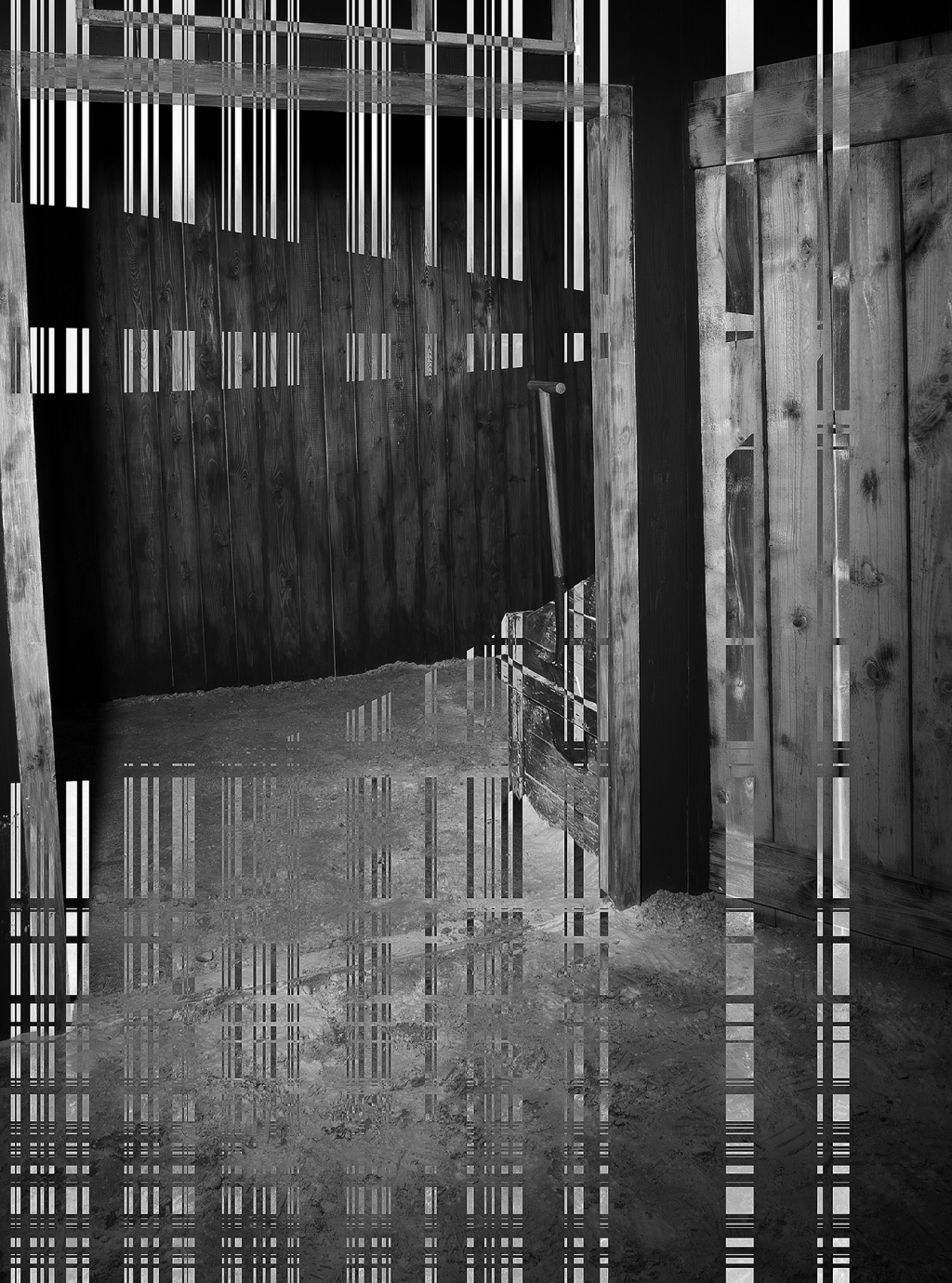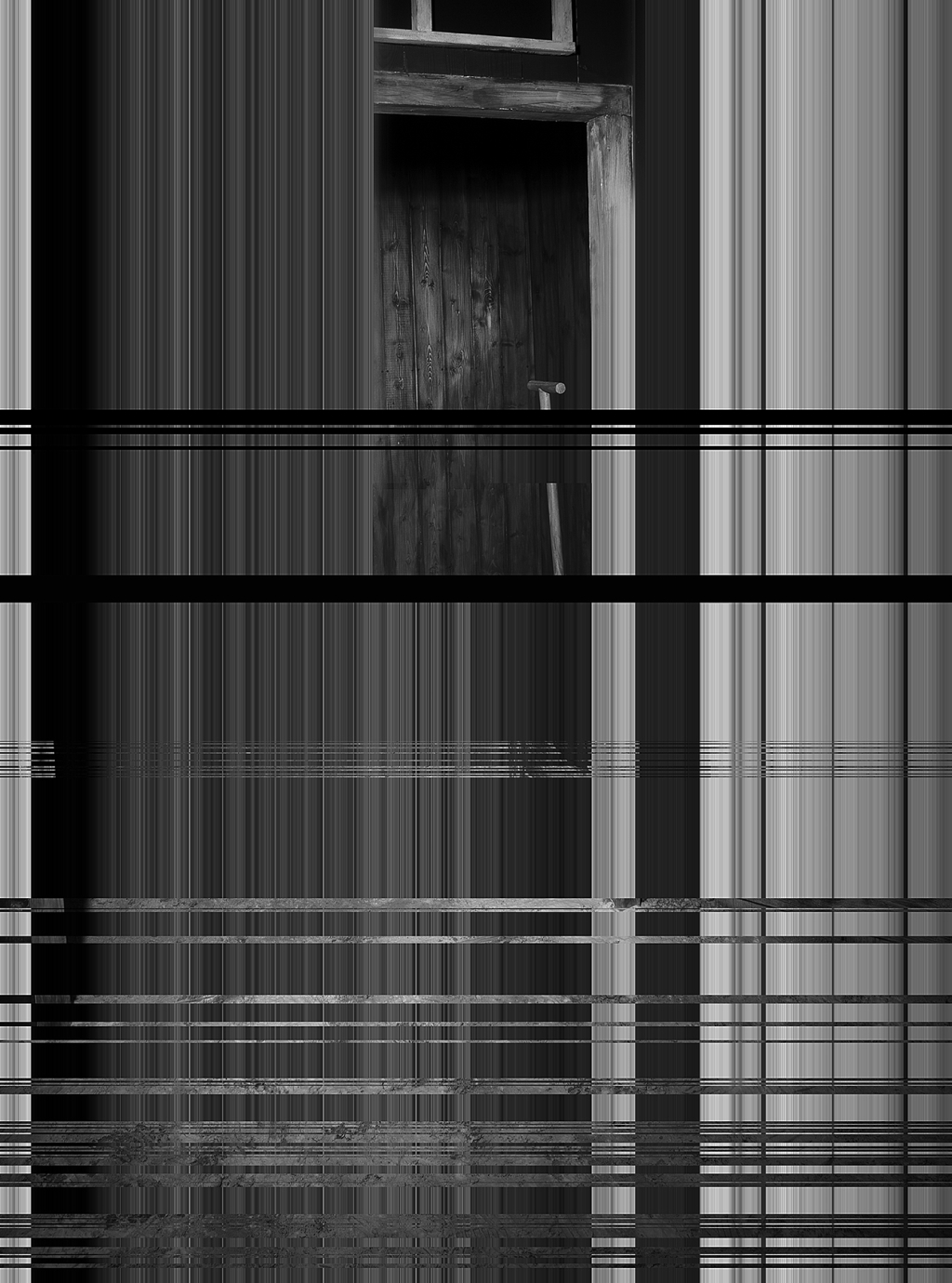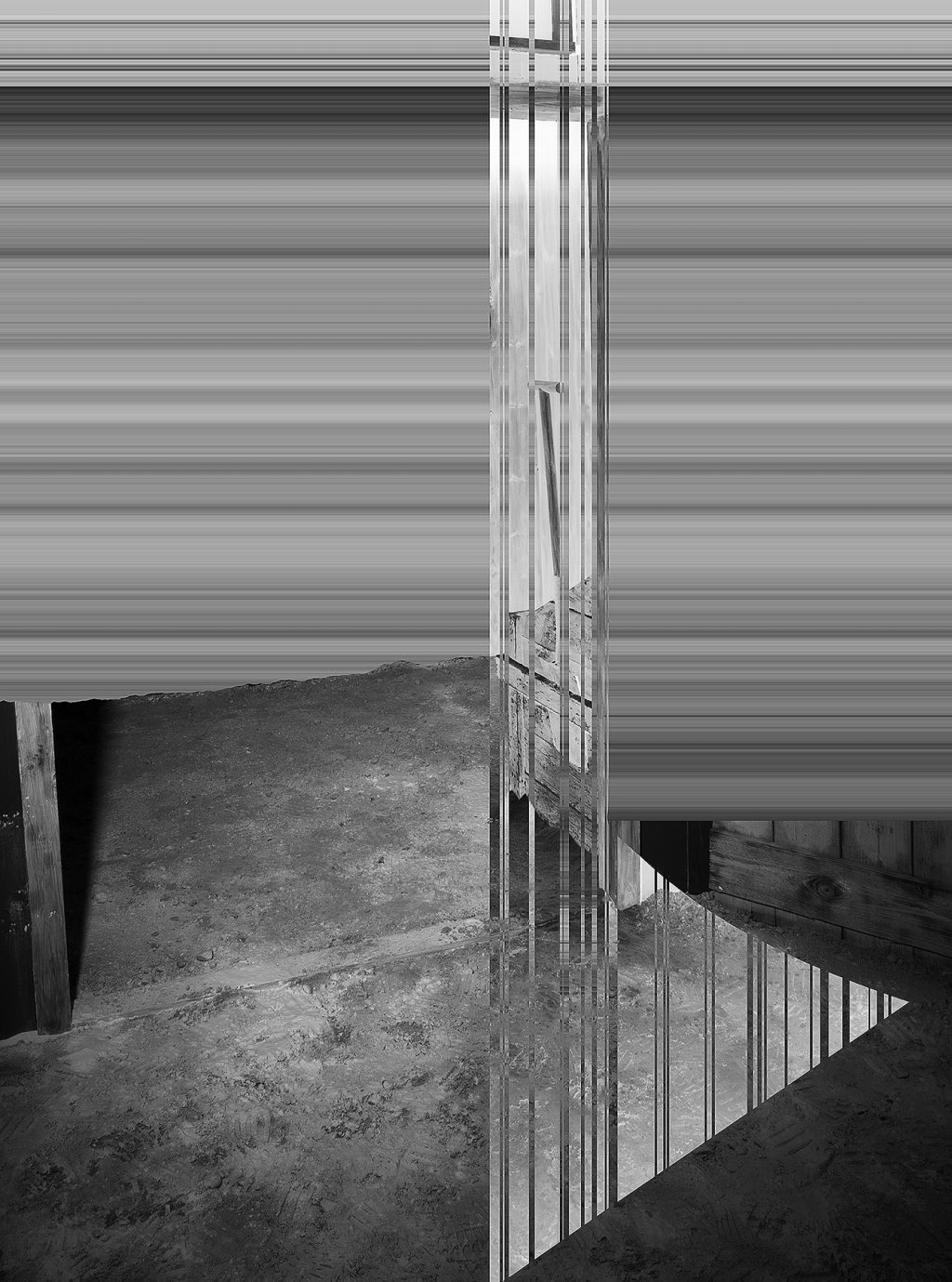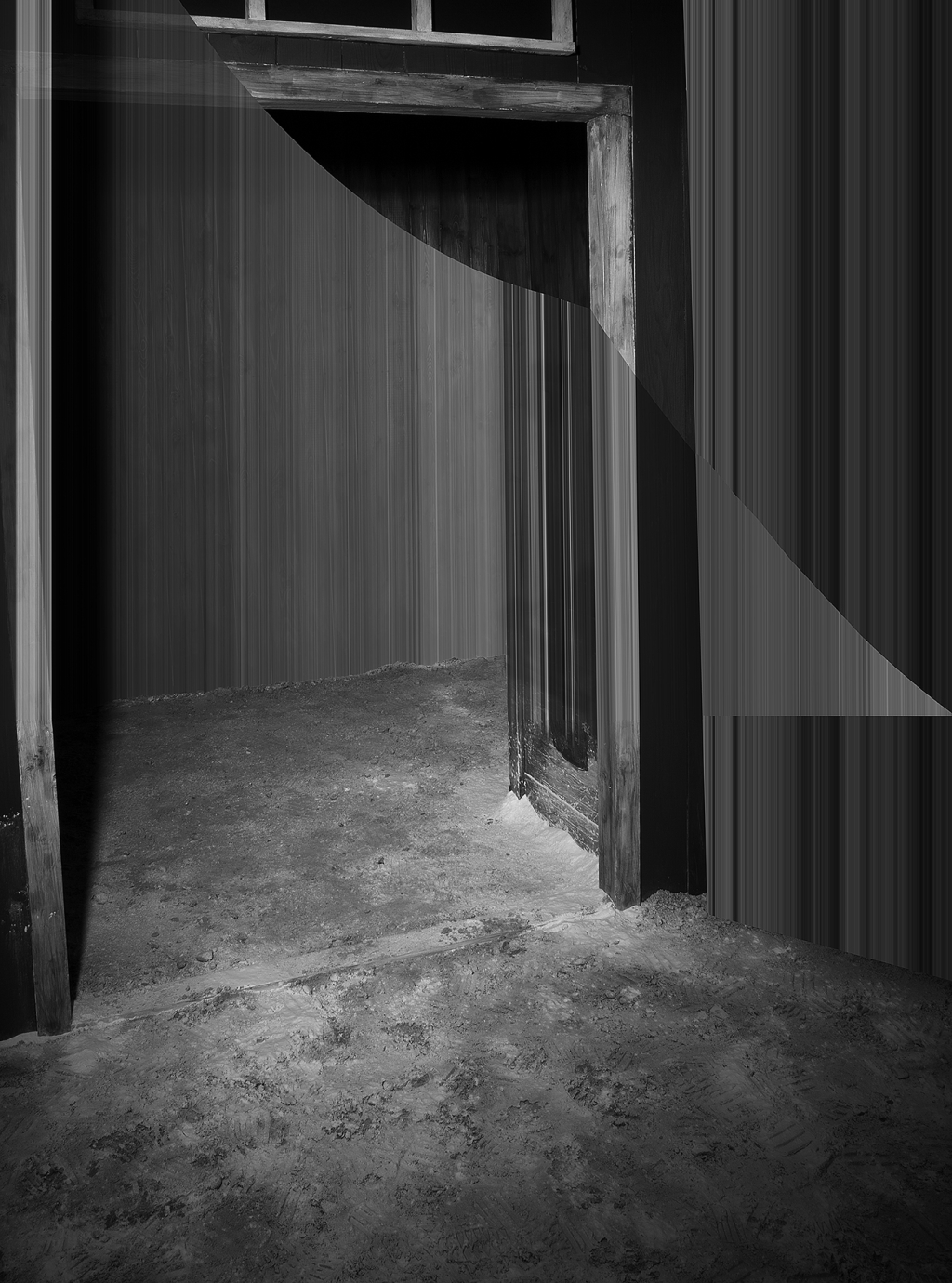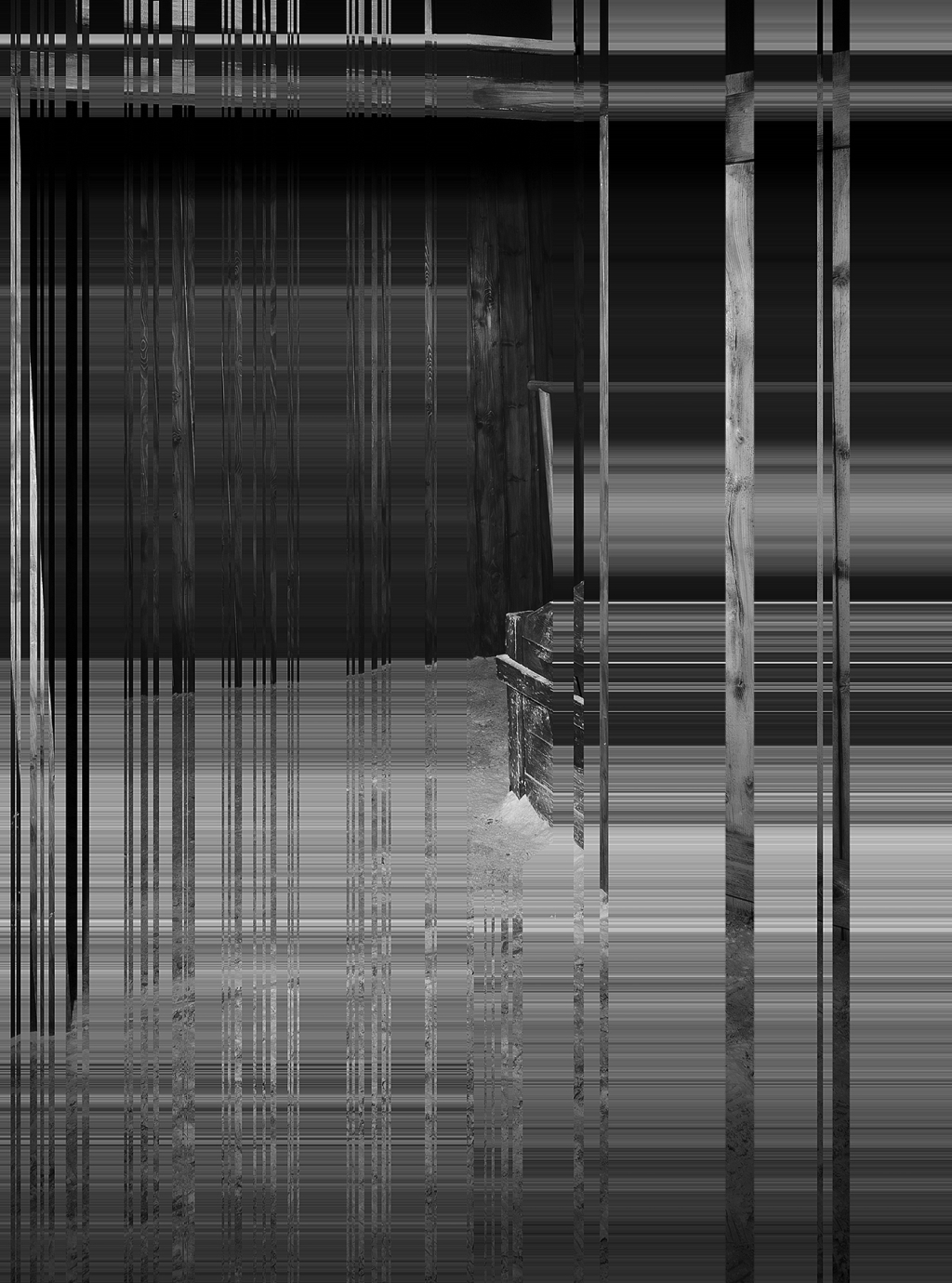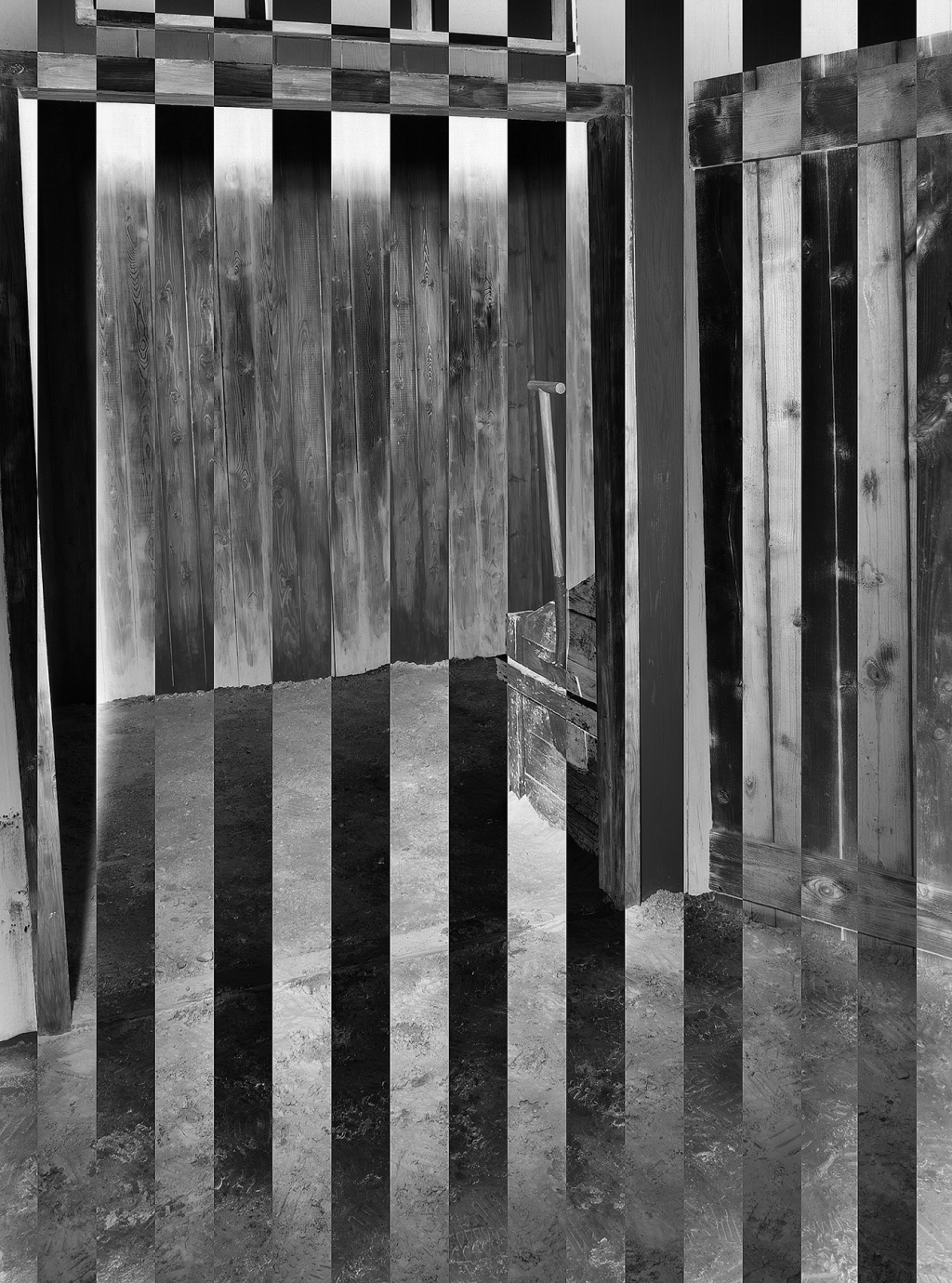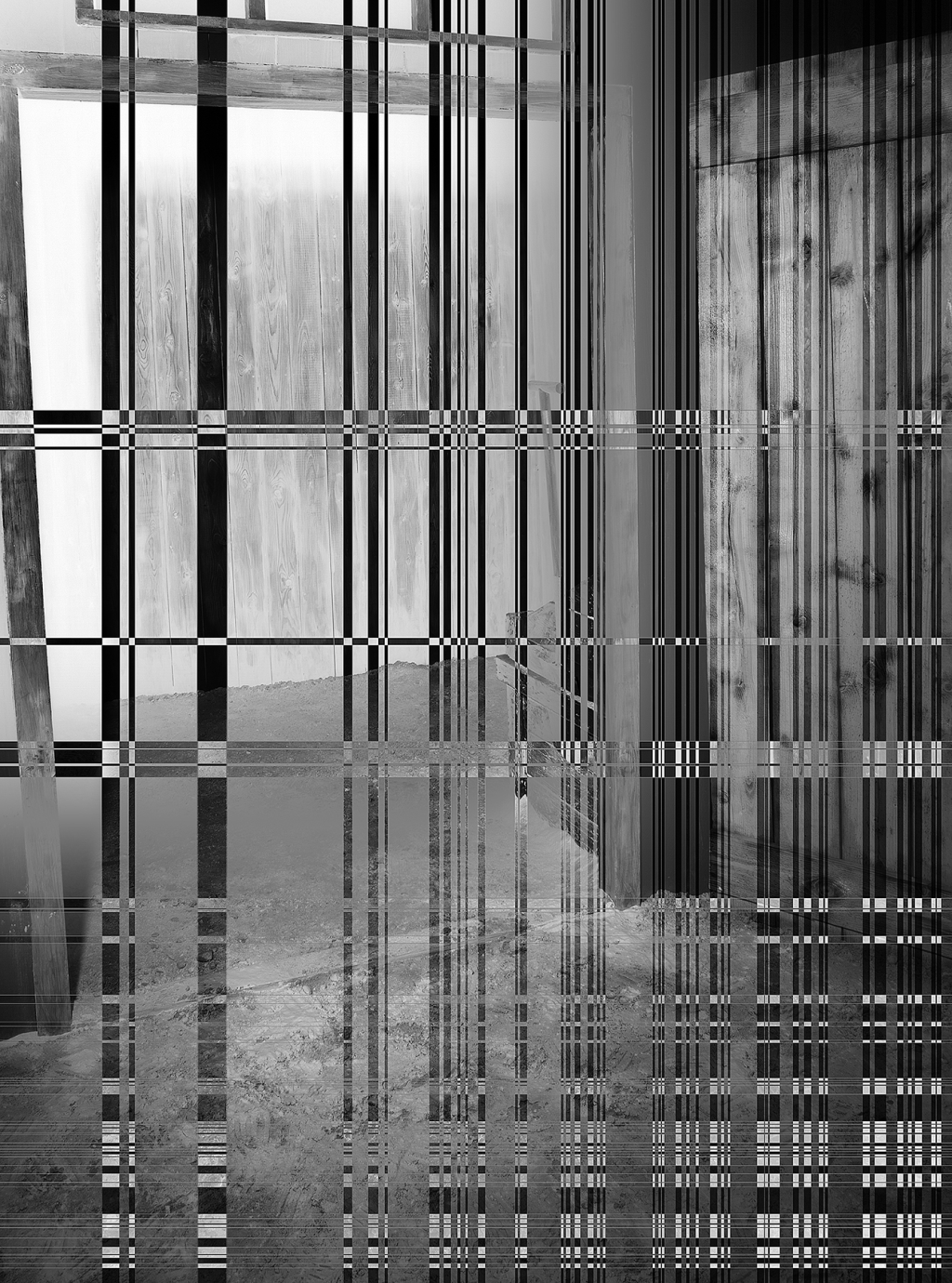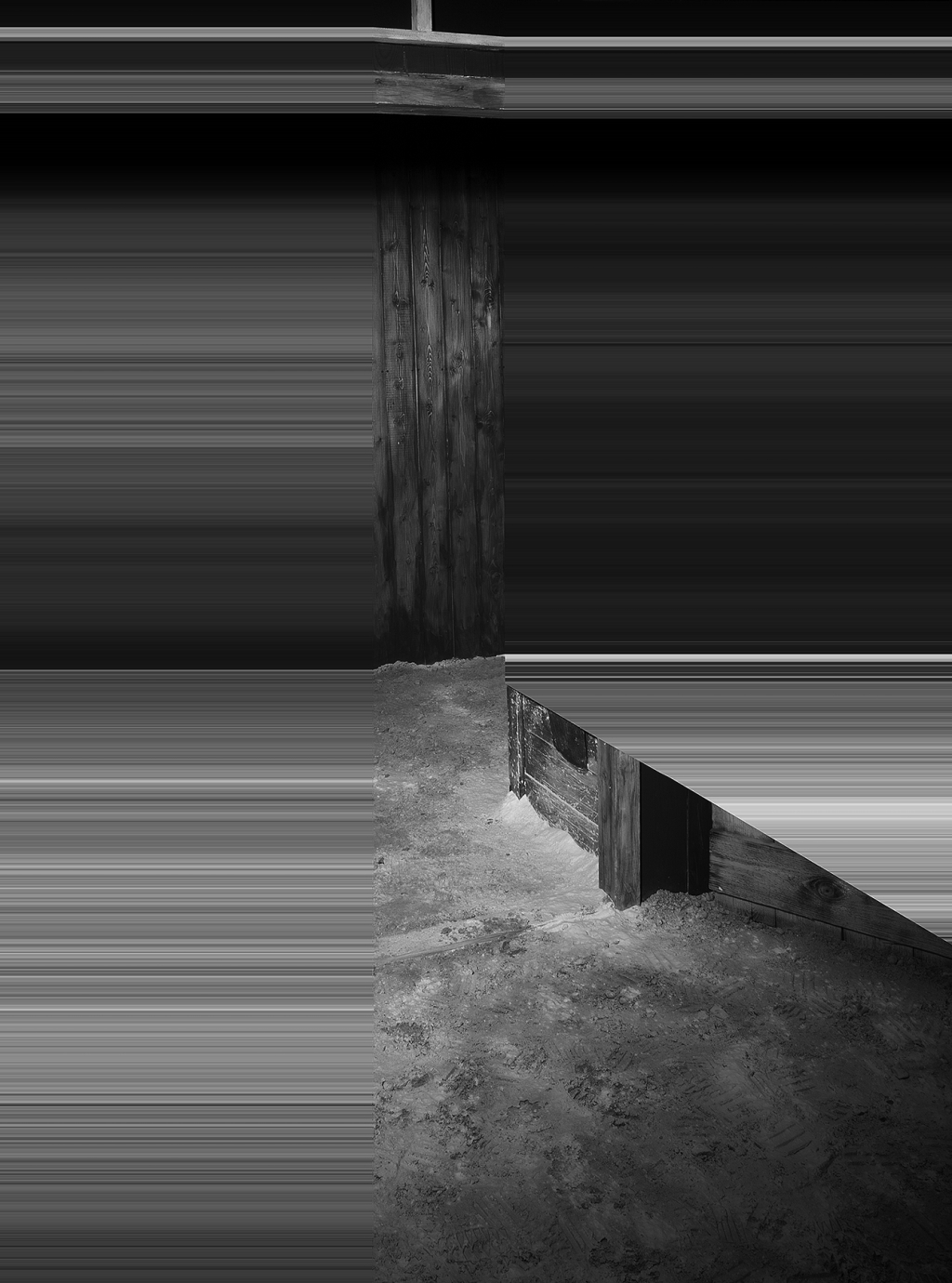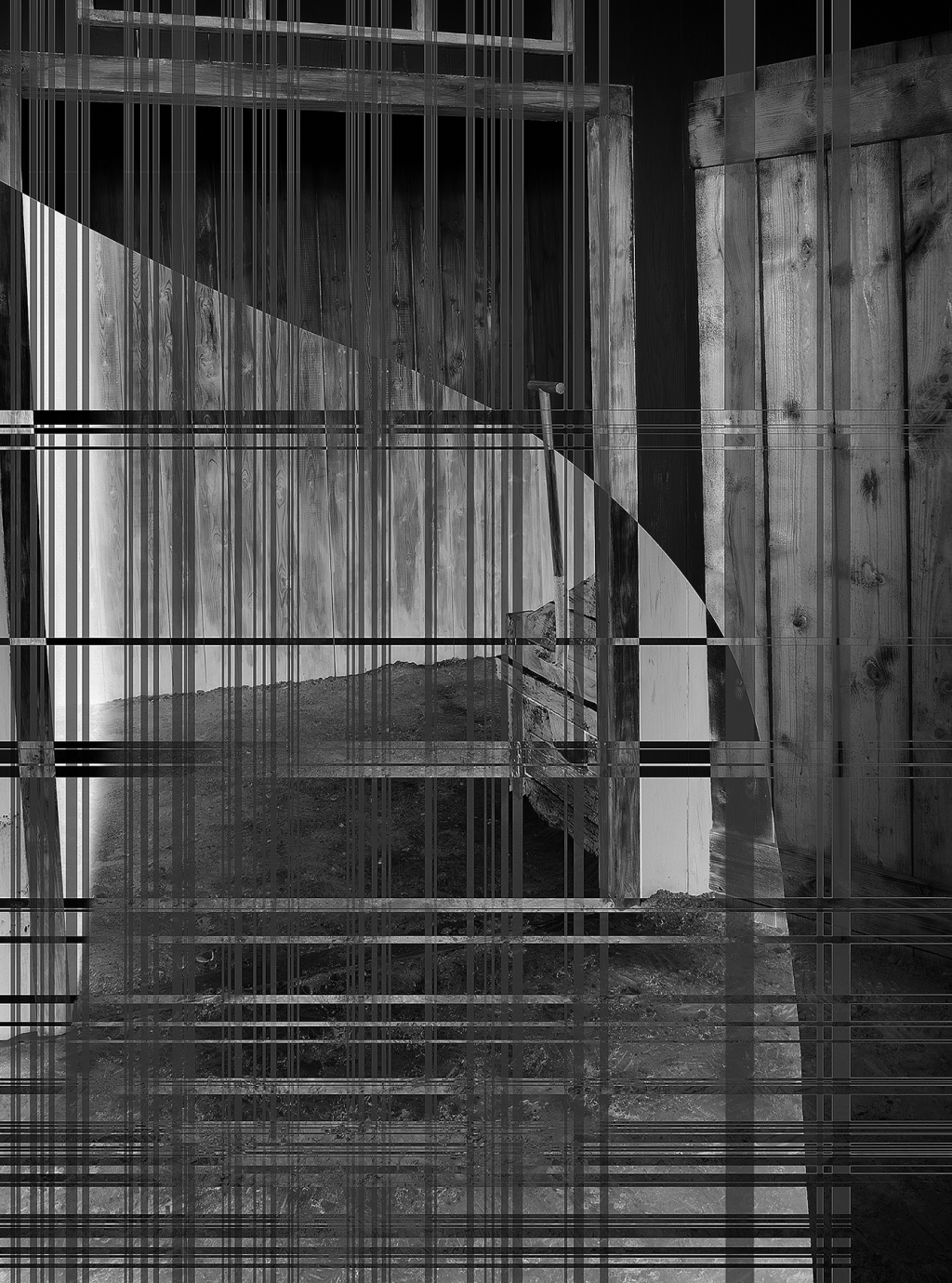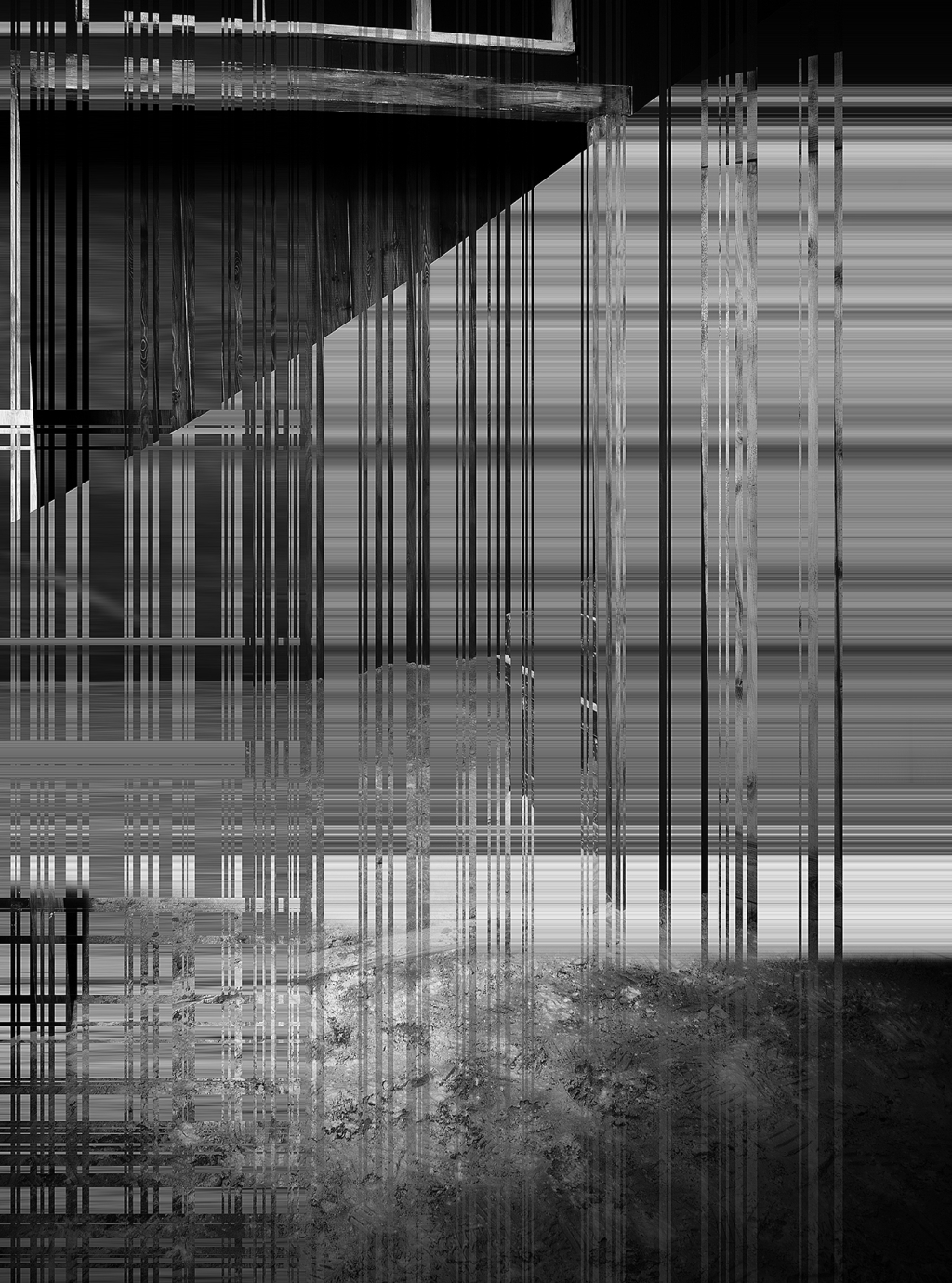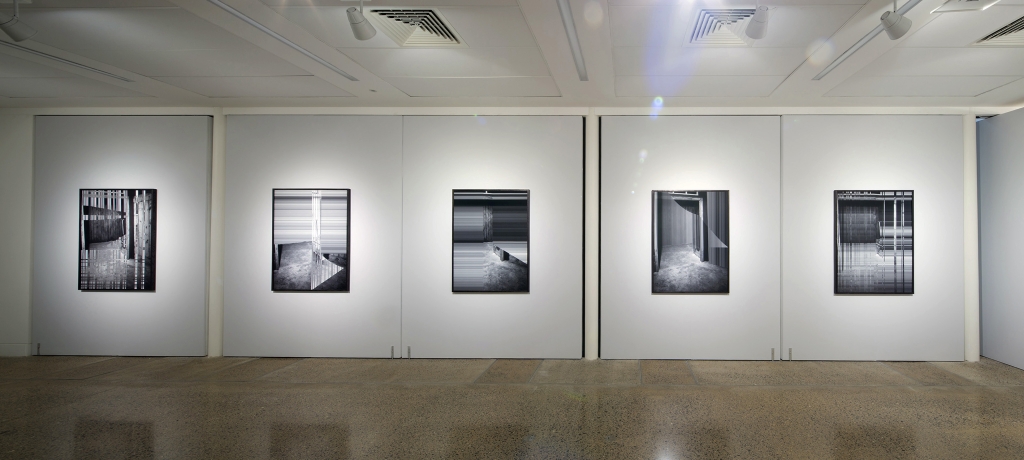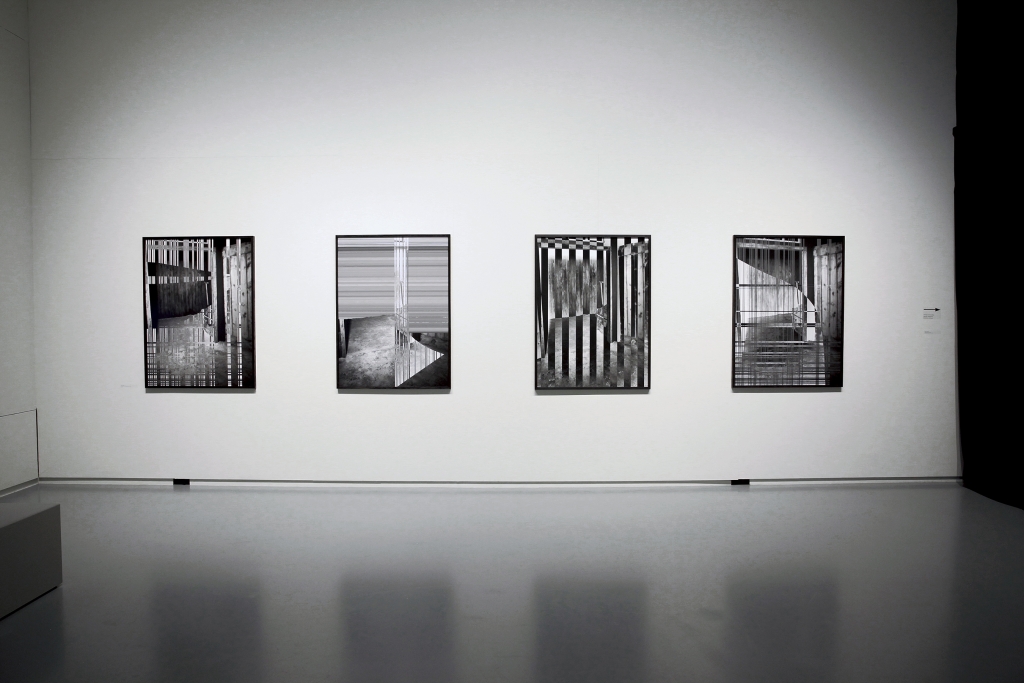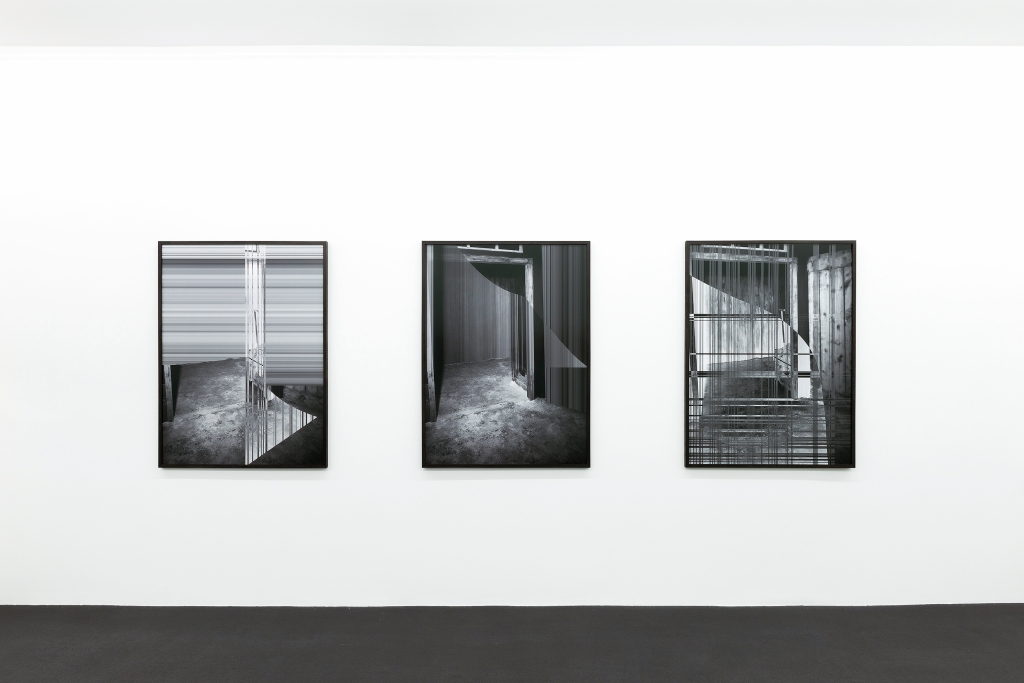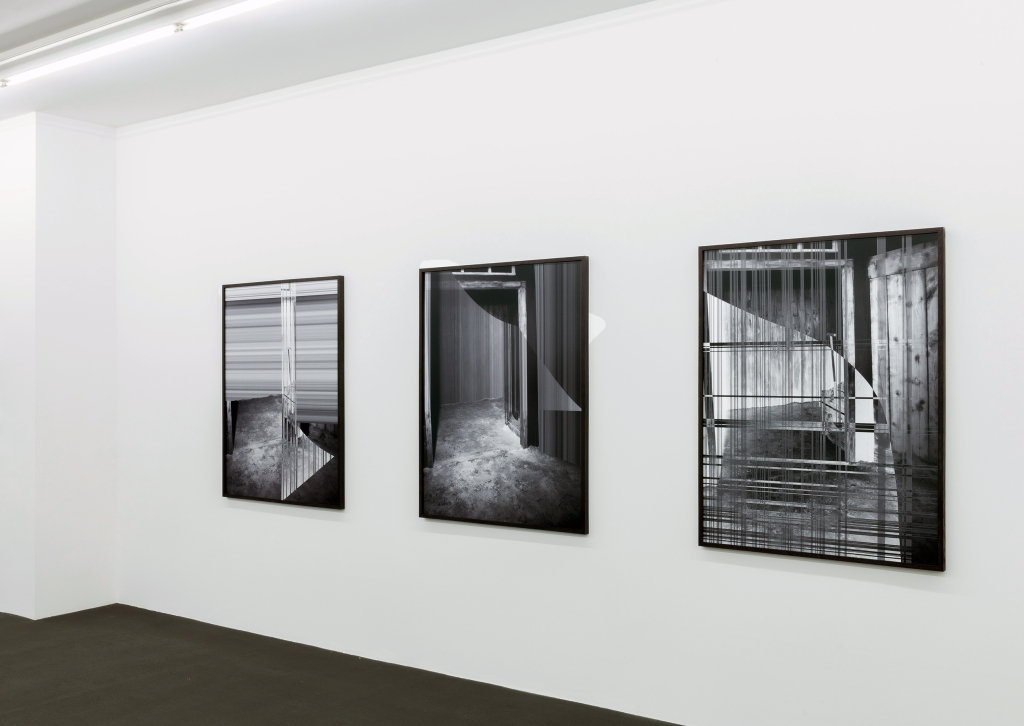Beun
According to German philosopher Guenther Anders, Auschwitz and Hiroshima inaugurate an era in which humanity is incapable of representing what it has set up or created. The impossibility of representing catastrophe is, paradoxically enough, not related to the absence of documentation, in particular of visual documentation.
Today, evidence of disputes, war and classified information comes in the wake of the Internet, social media and the television. In our current society sites of dispute and conflict are no longer censored in any form but rather made into media spectacles. According to Anders, the un-representable is primarily defined as the inability to take measure of disaster. What is the role of photography in the new era of un-representable disaster? How, then, can we describe traumatic events or classified sites without veering into sensationalism? How do we provide information without succumbing to over-hyped curiosity or ‘conflict porn’?
It is in light of these questions that the series Beun (2015-2016) takes on its meaning. Beun begins with an Associated Press Photograph of a concentration camp in Ohrdruf in former East-Germany. Different digital software programs, which transform or erase information of the image, are applied. This process results in the deformation of the image and creates several fragmented versions of the same image.
By digitally corrupting the image file, the image becomes ruptured, deformed and disfigured into digital codec mismatch. Each image becomes both a space of presence and absence at the same time: what is revealed in one image is concealed in another. Beun forces the viewer to study each individual image in order to combine all the fragments into one image. The pixelated interruptions and erased information become blanks in the photographic record, suggesting that the photographic image pictures a void and articulates a sense of loss.
Klenz is particularly interested in the iconic fame of such documentary images, questioning their self-perpetuating nature. According to Anders, the circulation of such iconic historical images has not resulted in a better understanding of their context and their historical trauma. Beun proposes a form of montage that reveals the aesthetic potential of each image and of its phantoms that haunt our consciences. Beun opens up a conversation about the contemporary socio-digital conditions of our current photographic culture in relation to environments of conflict and dispute.
